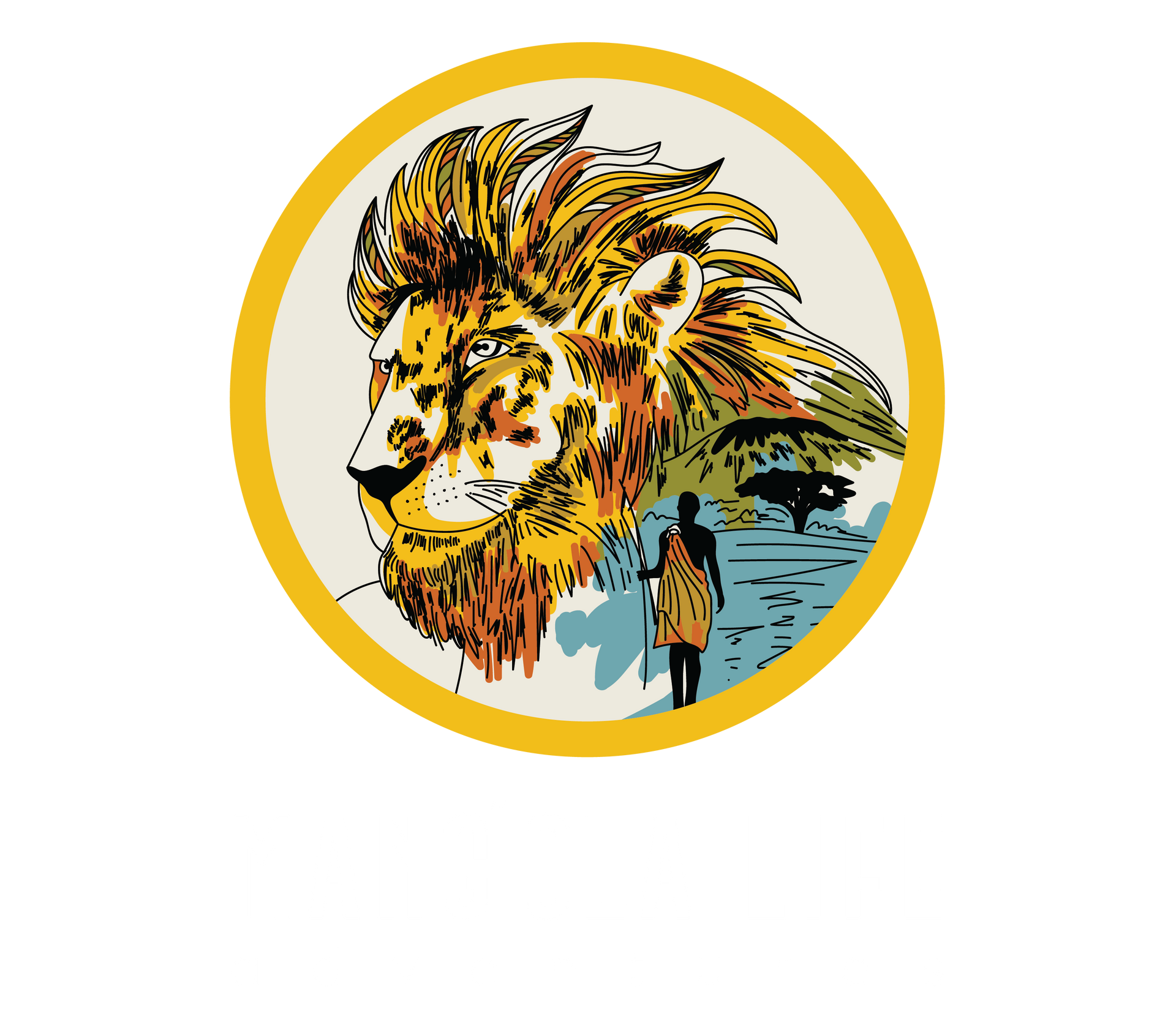Discover Tanzania’s national parks: where wildlife meets wonder
Tanzania is a treasure of natural beauty, home to some of the world’s most iconic national parks and wildlife reserves. From the endless plains of the Serengeti to the remote wilderness of Nyerere, Tanzania’s parks offer unparalleled opportunities for adventure, wildlife encounters, and cultural immersion. Whether you’re a first-time visitor or a seasoned safari-goer, this guide will help you explore the best of Tanzania’s natural wonders.
Welcome to Mang'ola Life, a sustainable safari company nestled in the heart of Tanzania. Our vision is to redefine tourism by creating transformative journeys that allow you to connect deeply with the beauty of nature, the richness of local cultures, and the essence of sustainable living. Through thoughtful exploration, we invite you to embrace a holistic experience that celebrates harmony, respect, and the shared interconnection of all life. If you’re looking for an adventure that leaves a lasting, positive impact, you’ve come to the right place.
How many national parks are there in Tanzania?
With 22 national parks and numerous game reserves, Tanzania boasts one of the most diverse and extensive protected area networks in Africa. These parks cover a range of ecosystems, from savannas and wetlands to mountains and coastal forests. Each park offers a unique experience, allowing travelers to immerse themselves in the country’s rich biodiversity and cultural heritage.
What are the big 5 national parks in Tanzania?
Tanzania’s "Big Five" national parks offer the best opportunities to see Africa’s most iconic wildlife, each park bringing its own unique landscapes, wildlife, and experiences:
- Serengeti National Park – Known for the world-famous great migration, where over 1.5 million wildebeest and zebras traverse the plains. The Serengeti is also home to an abundance of predators like lions, leopards, and cheetahs, offering thrilling wildlife encounters against a backdrop of endless savannas.

- Ngorongoro Conservation Area – This UNESCO World Heritage site features the world's largest inactive volcanic caldera, creating a unique self-contained ecosystem. It's one of the best places to spot the rare black rhino, alongside elephants, lions, and an incredible variety of bird species.

- Tarangire National Park – Famous for its enormous herds of elephants and iconic baobab trees. The park’s swamps attract diverse wildlife, especially during the dry season when animals congregate around the Tarangire River.

- Ruaha National Park – Tanzania’s largest national park, known for its rugged landscapes and off-the-beaten-path feel. Ruaha boasts a high concentration of predators, including lions, leopards, and African wild dogs, and is a haven for birdwatchers with over 570 species recorded.

- Nyerere National Park – Formerly Selous Game Reserve, this is Africa’s largest protected area. Nyerere offers unique boat safaris along the Rufiji River, providing a different perspective of wildlife, including hippos, crocodiles, and rich birdlife, alongside classic game drives.
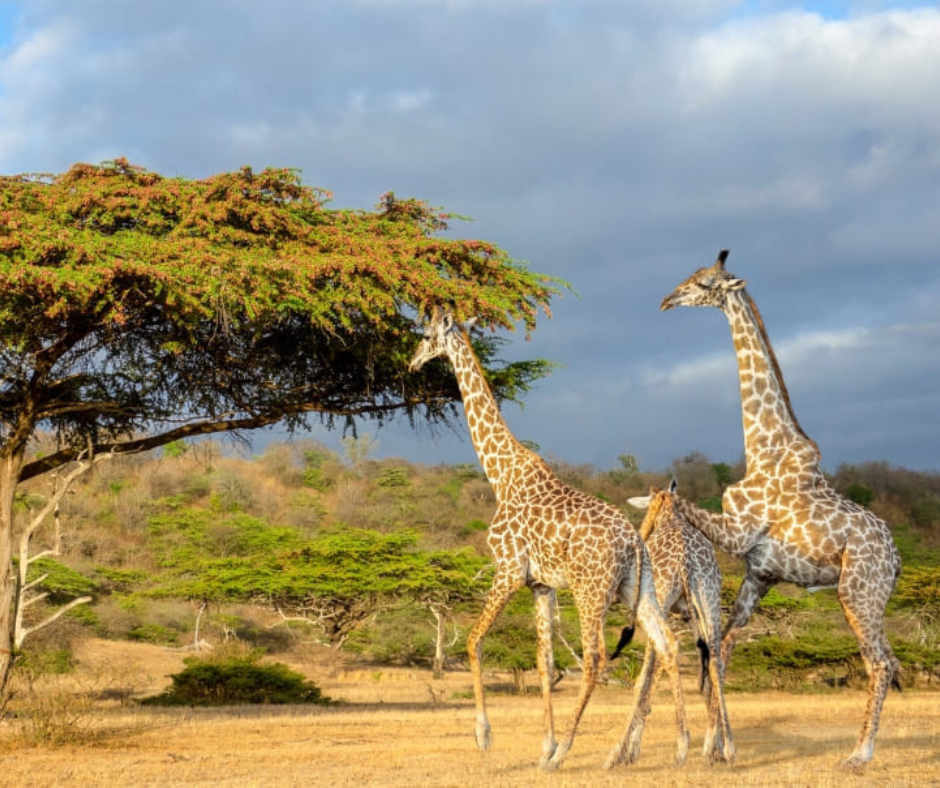
Travel tip: Visit multiple parks to experience Tanzania’s diverse ecosystems, from the open plains of the Serengeti to the wetlands of Nyerere and the baobab-dotted landscapes of Tarangire. Each park offers a distinct adventure, making your safari experience richer and more varied.
Tanzania’s must-see parks: Our top picks
The Serengeti spectacle: Where the wild things roam
No visit to Tanzania is complete without experiencing the Serengeti. It’s the ultimate safari destination, renowned for its vast plains and incredible wildlife, including the "Big Five"—lions, leopards, elephants, rhinos, and buffalo.
Why visit:
- Witness the great migration, a breathtaking spectacle of over 1.5 million wildebeest and zebras.
- Spot predators in action, from lions stalking prey to cheetahs sprinting across the savanna.
Travel tip: Visit during the dry season (June to October) for the best wildlife viewing opportunities.
Ngorongoro crater: Nature’s amphitheater
Step into the world’s largest volcanic caldera, where wildlife flourishes in a lush, self-contained ecosystem. The Ngorongoro crater offers a unique safari experience with its dense concentration of animals.
Highlights:
- See rare black rhinos grazing on the crater floor, a sight you won’t find in many other places.
- Enjoy breathtaking views from the rim, where clouds drift over the landscape like a natural curtain.
- Engage with local Maasai communities who live harmoniously with the wildlife.
Sustainable tip: Choose tours that support Maasai-led initiatives, promoting both cultural preservation and conservation.
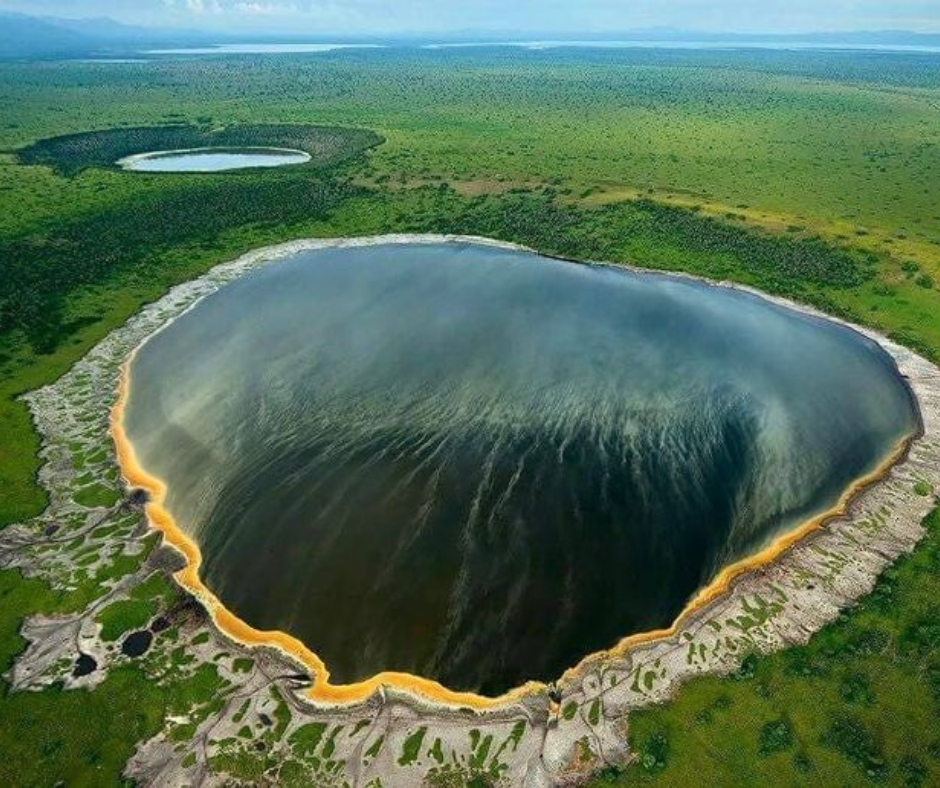
Nyerere national park: The road less traveled
Formerly known as Selous game reserve, Nyerere is Africa’s largest national park and offers a more remote, off-the-beaten-path safari experience.
Why it’s special:
- Explore vast wetlands, rivers, and savannas with fewer crowds, perfect for those seeking solitude.
- Enjoy boat safaris along the Rufiji river, where hippos and crocodiles thrive in their natural habitat.
- Stay in eco-camps that focus on conservation and community support, ensuring your visit leaves a positive impact.
Travel tip: Visit during the dry season (June to October) for better wildlife viewing, as animals gather around water sources.
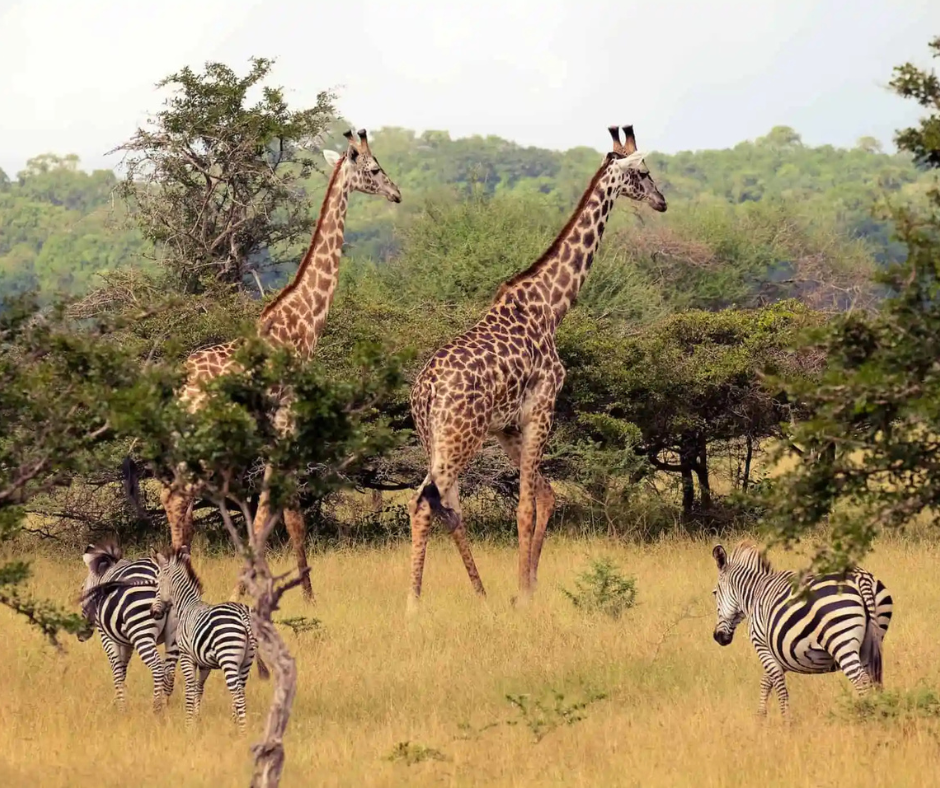

Which is better, Serengeti or Nyerere?
Both parks offer unique experiences, but your choice depends on what you’re looking for:
- Serengeti is perfect for first-time visitors wanting to see the great migration and the Big Five. Its vast plains and iconic wildlife make it a must-see.
- Nyerere is ideal for seasoned travelers seeking solitude, diverse landscapes, and boat safaris. Its remote location offers a more intimate connection with nature.
Sustainable tip: Why not visit both? Balancing popular destinations with lesser-known parks helps distribute tourism impact and supports conservation across the country.
Hidden gems: Beyond the big names
Mikumi national park: The little Serengeti
Mikumi offers stunning savanna landscapes and a rich variety of wildlife, often compared to the Serengeti but with fewer crowds.
Must-see: Lions lounging on termite mounds and herds of giraffes gracefully crossing the plains.
Travel tip: Combine a visit to Mikumi with nearby Udzungwa mountains national park for a mix of wildlife and hiking adventures.
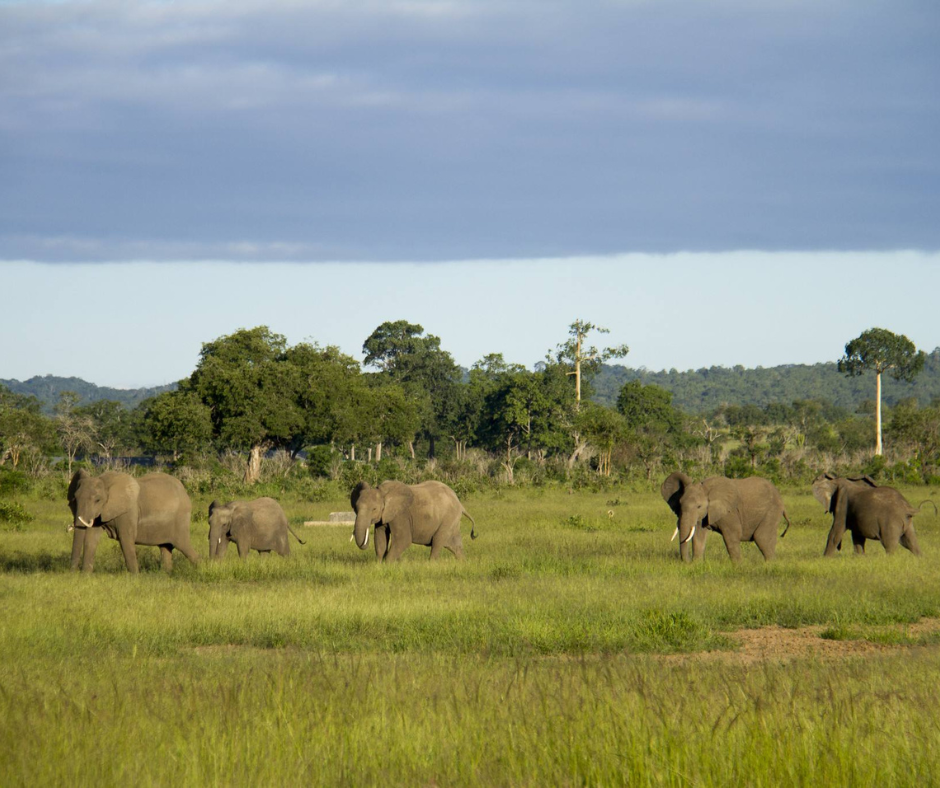
Mahale mountains national park: chimpanzee encounters
Trek through lush forests along the shores of Lake Tanganyika to observe wild chimpanzees in their natural habitat.
Experience: Guided treks to see these incredible primates, with opportunities to swim in the crystal-clear waters of the lake.
Travel tip: Plan your visit between June and October for the best chance to see chimpanzees.

Katavi national park: Africa’s last wilderness
Katavi is one of Tanzania’s most remote parks, offering pristine landscapes and abundant wildlife.
Why visit: Vast hippo pods crowding the rivers, massive herds of buffalo, and a true sense of solitude.
Sustainable tip: Choose eco-lodges that support local communities and conservation efforts in this untouched region.
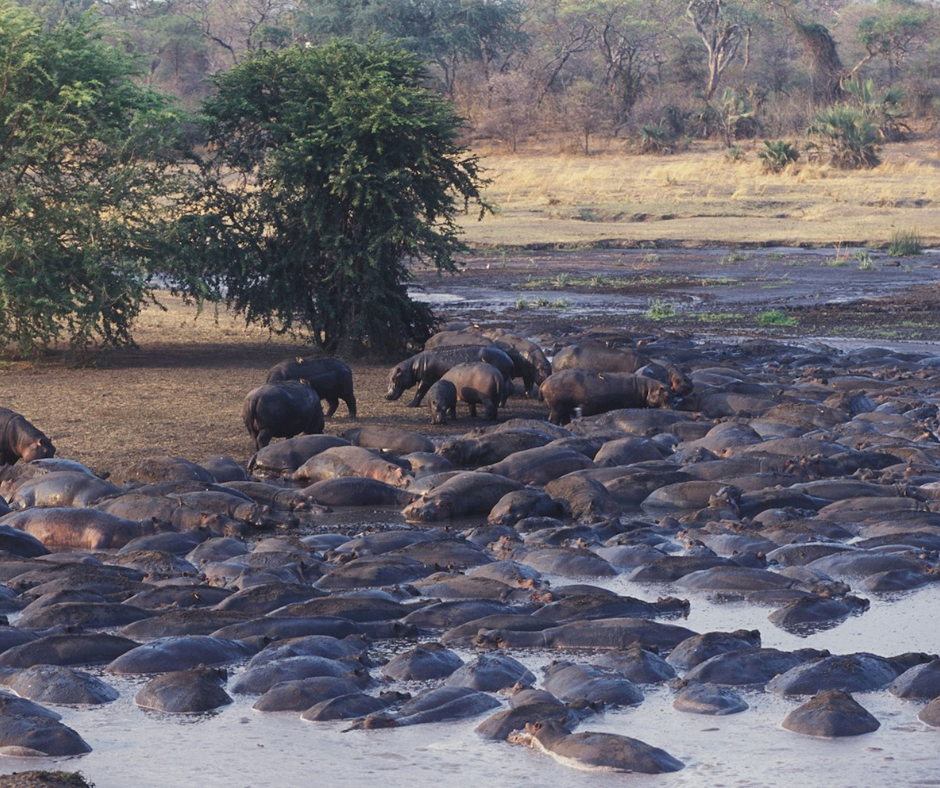
Where Tanzania is located: Africa’s safari heartland
Nestled in East Africa, Tanzania is bordered by Kenya, Uganda, Rwanda, Burundi, Zambia, Malawi, Mozambique, and the Indian Ocean. Its diverse geography includes everything from savannas and mountains to coastal beaches and islands.
Geographical highlights:
- Mount Kilimanjaro, Africa’s highest peak, offers trekking opportunities for adventurous travelers.
- Lake Victoria, the largest lake in Africa, provides a unique ecosystem and cultural experiences.
- The spice islands of Zanzibar, offering a blend of culture and beach relaxation, perfect for unwinding after a safari.
Tips for a sustainable safari adventure
- Pack light: Reduce your carbon footprint by packing only what you need and choosing eco-friendly products.
- Respect wildlife: Maintain a safe distance from animals, avoid loud noises, and never feed wildlife.
- Support local communities: Choose tours and accommodations that employ local guides and invest in community projects.
- Minimize waste:Bring reusable water bottles, bags, and containers to reduce plastic use. Since June 2019, Tanzania has banned single-use plastic bags under government regulations to protect its environment—violators may face fines or legal action. Travelers are advised to leave plastic bags at home and use eco-friendly alternatives instead.
Ready to explore Tanzania’s natural wonders?
Tanzania’s national parks offer more than just wildlife sightings—they provide opportunities to connect with nature, support conservation efforts, and engage with local communities. Whether you’re witnessing the great migration in the Serengeti or tracking chimpanzees in the Mahale mountains, each park offers a unique, life-changing experience.
Embark on a journey that goes beyond sightseeing—immerse yourself in Tanzania’s wild beauty while making a positive impact. Let Mang'ola Life, a sustainable safari company, guide your next unforgettable adventure into the heart of nature and culture.

Welcome to Mang'ola life we are a sustainable safari company located in the heart of Tanzania, Africa. Plan your next adventure with us.






